Added to the World Heritage list are two prisons: Tuol Sleng and M-13, as well as the execution site Choeung Ek.
Three notorious locations used by Cambodia’s brutal Khmer Rouge regime as torture and execution sites to perpetrate the genocide of Year Zero five decades ago have been added to UNESCO’s World Heritage list.
Two prisons and an execution site were inscribed on the list by the United Nations cultural agency on Friday during the 47th Session of the World Heritage Committee in Paris.
It coincided with the 50th anniversary of the rise to power by the communist Khmer Rouge, which caused the deaths of an estimated 1.7 million Cambodians through starvation, torture and mass executions during a four-year reign of violence from 1975 to 1979 before it was brought to an end by an invasion from neighbouring Vietnam.
UNESCO’s World Heritage list lists sites considered important to humanity and includes the Great Wall of China, the Pyramids of Giza in Egypt, the Taj Mahal in India and Cambodia’s Angkor archaeological complex.
Cambodian Prime Minister Hun Manet issued a message on Friday directing people to beat drums simultaneously across the country on Sunday morning to mark the UNESCO listing.
🔴 BREAKING!
New inscription on the @UNESCO #WorldHeritage List: Cambodian Memorial Sites: From centres of repression to places of peace and reflection, #Cambodia 🇰🇭.
➡️ https://t.co/seTyyVu3sT #47WHC pic.twitter.com/SPl7zlxeFh
— UNESCO 🏛️ #Education #Sciences #Culture 🇺🇳 (@UNESCO) July 11, 2025
“May this inscription serve as a lasting reminder that peace must always be defended,” Hun Manet said in a video message aired by state-run television TVK. “From the darkest chapters of history, we can draw strength to build a better future for humanity.”
Two sites added to the list are in the capital, Phnom Penh – the Tuol Sleng Genocide Museum and the Choeung Ek Genocide Centre.
Tuol Sleng is a former high school that was converted into a notorious prison known as S-21, where an estimated 15,000 people were imprisoned and tortured.
Today, the site is a space for commemoration and education, housing the black-and-white mugshots of its many victims and the preserved equipment used by Khmer Rouge tormentors.
The UNESCO inscription was Cambodia’s first nomination for a modern and non-classical archaeological site and is among the first in the world to be submitted as a site associated with recent conflict, Cambodia’s Ministry of Culture and Fine Arts said in a statement on Friday.
‘The Killing Fields’
Choeung Ek – a former Chinese cemetery – was a notorious “killing field” where S-21 prisoners were executed nightly. The story of the atrocities committed there is the focus of the 1984 film “The Killing Fields”, based on the experiences of New York Times photojournalist Dith Pran and correspondent Sydney Schanberg.
More than 6,000 bodies were exhumed from at least 100 mass graves at the ground in the early 1980s, according to Cambodian government documents filed with UNESCO.
Every year, hundreds hold remembrance prayers in front of the site’s memorial displaying victims’ skulls, and watch students stage dramatic re-enactments of the Khmer Rouge’s bloody crimes.
Another prison site, known as M-13 and located in a rural area in central Kampong Chhnang province, was one of the most important prisons of the early Khmer Rouge, where its cadres “invented and tested various methods of interrogation, torture and killing” but is today only a patch of derelict land.
A special tribunal sponsored by the UN, costing $337m and working over 16 years, only convicted three key Khmer Rouge figures, including S-21 chief torturer Kaing Guek Eav, before ceasing operations in 2022.
Pol Pot, leader of the Khmer Rouge regime, died in 1998 before he could be brought to trial.

sites-of-khmer-rouge-execution-torture-in-cambodia-added-to-unesco-list-arts-and-culture-news

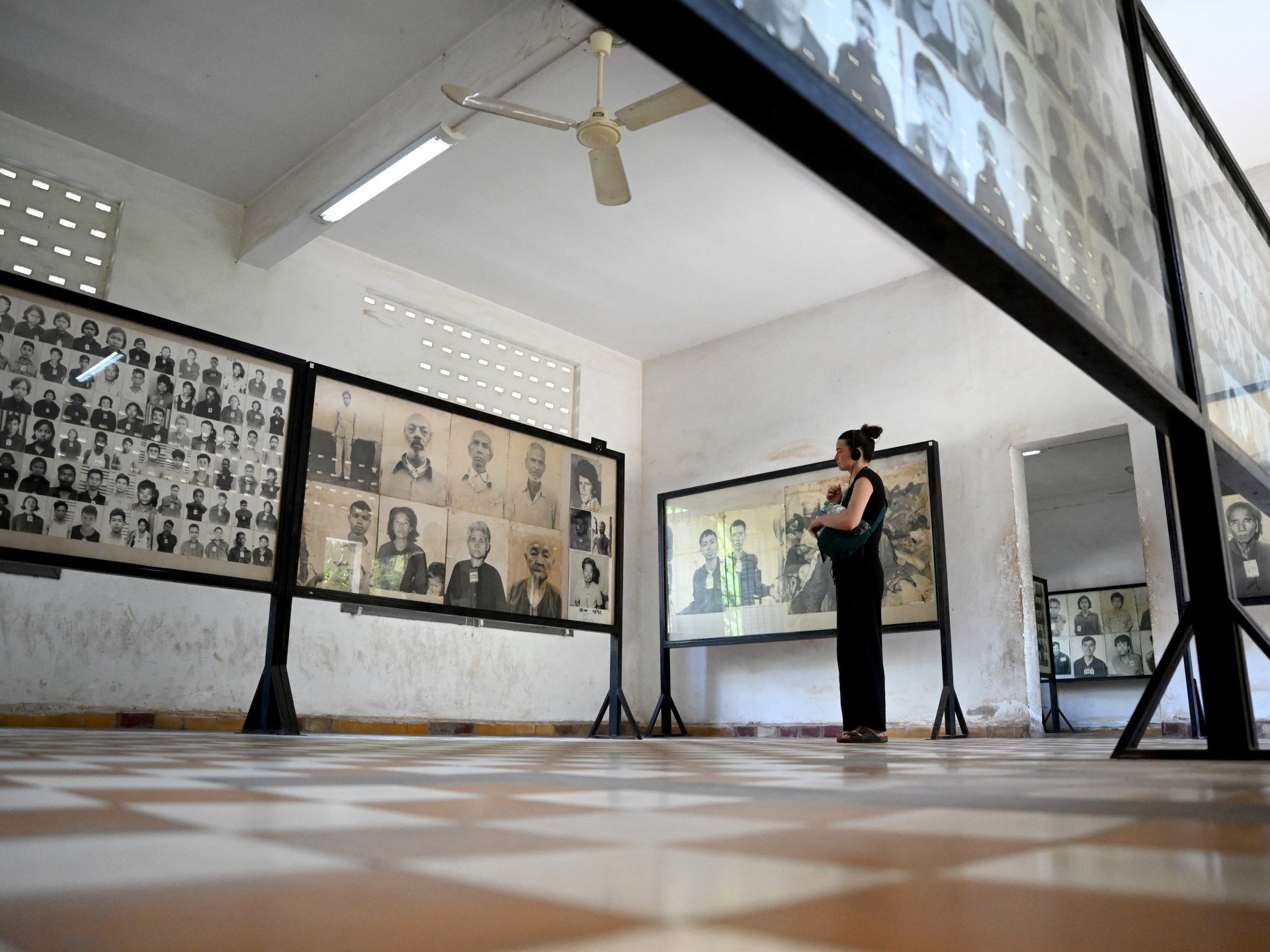

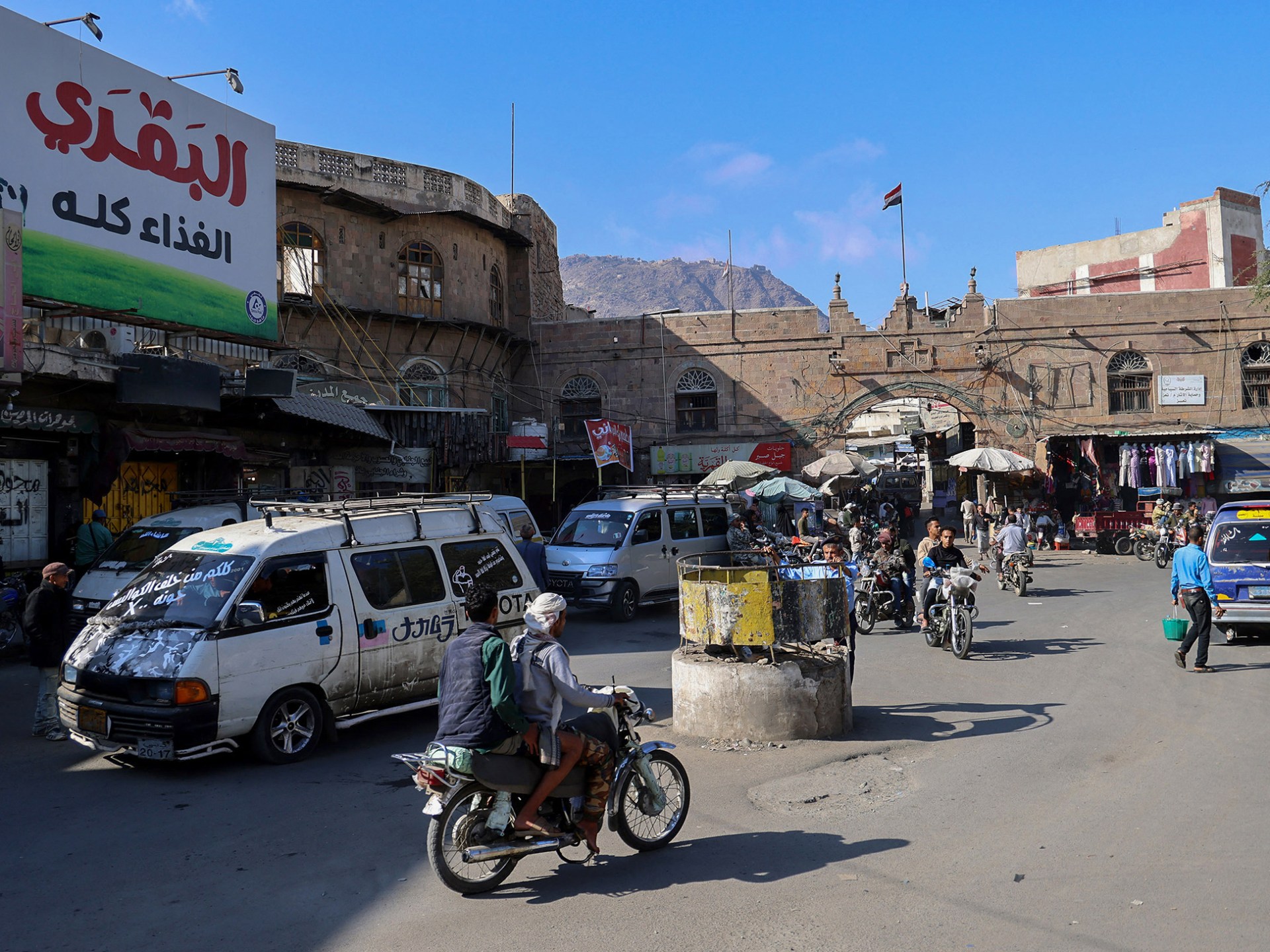

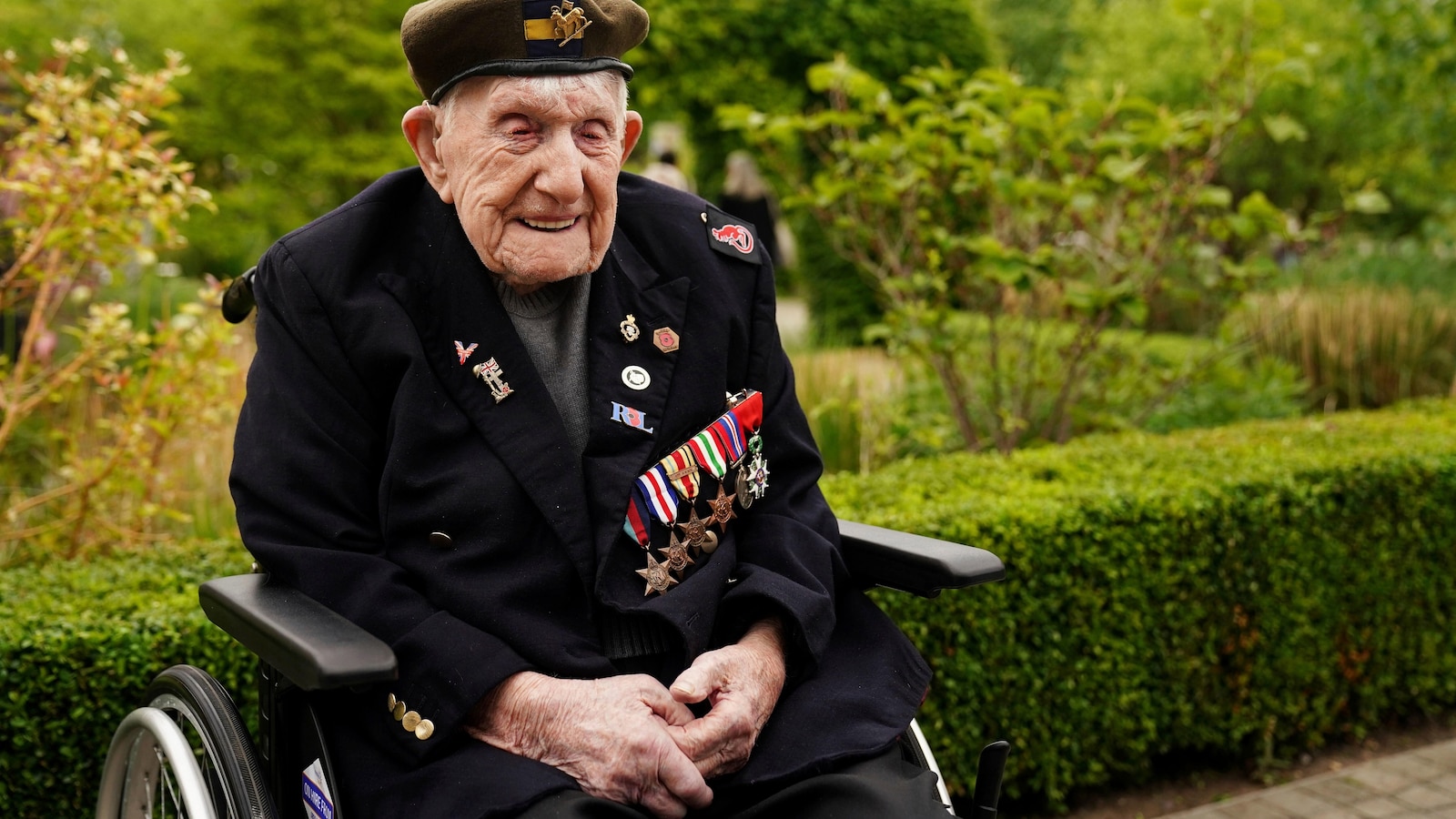

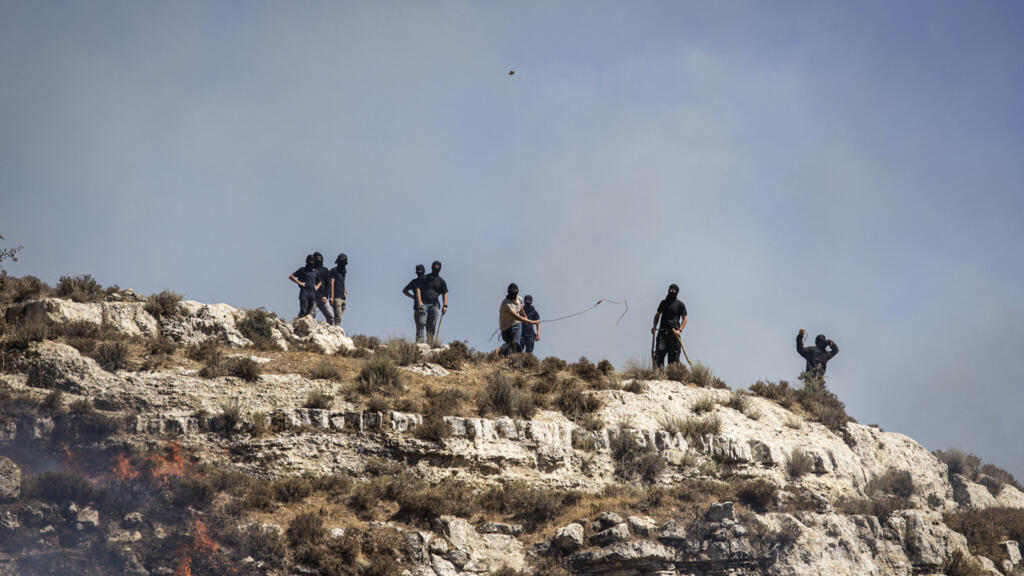
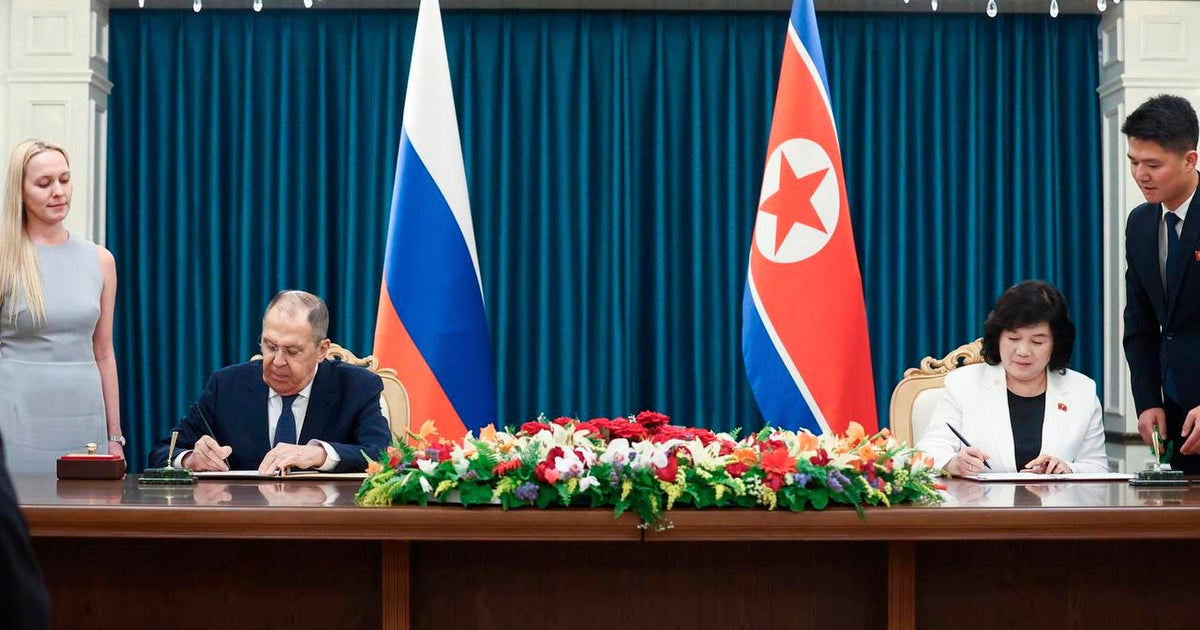



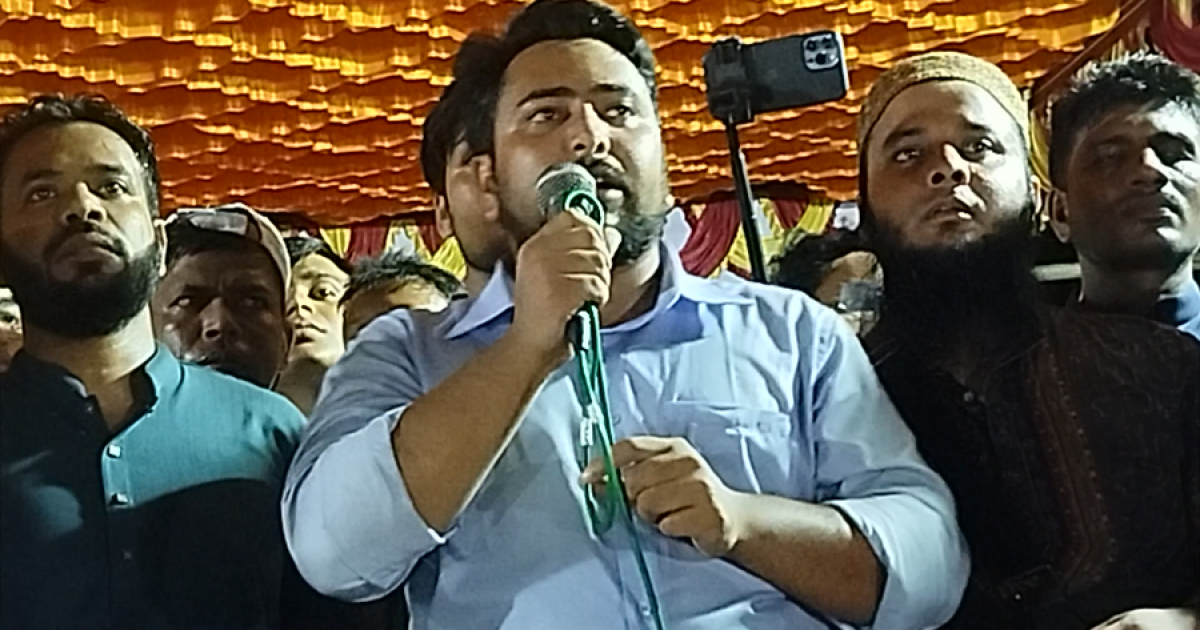

Leave a Reply